Health and Wellness Trends
The Cheese Packaging Market is also shaped by the growing health and wellness trends among consumers. As more individuals seek healthier food options, there is an increasing demand for cheese products that are low in fat and free from artificial additives. Packaging plays a crucial role in communicating these health benefits to consumers. Clear labeling and informative packaging can significantly influence purchasing decisions. Furthermore, the market for organic and natural cheese products is expanding, prompting manufacturers to invest in packaging that highlights these attributes. This trend indicates a potential shift in consumer preferences, which could drive growth in the Cheese Packaging Market.
Smart Packaging Innovations
Technological advancements are reshaping the Cheese Packaging Market through smart packaging innovations. These innovations include the integration of sensors and QR codes that provide consumers with real-time information about product freshness and origin. Such features enhance the consumer experience and foster transparency in the supply chain. The market for smart packaging is projected to grow significantly, driven by the increasing demand for convenience and information among consumers. As a result, companies that invest in smart packaging technologies may gain a competitive edge, appealing to tech-savvy consumers who prioritize product quality and safety.
Sustainable Packaging Solutions
The Cheese Packaging Market is increasingly influenced by the demand for sustainable packaging solutions. Consumers are becoming more environmentally conscious, prompting manufacturers to adopt eco-friendly materials. Biodegradable and recyclable packaging options are gaining traction, as they align with consumer preferences for sustainability. In fact, a notable percentage of consumers express willingness to pay a premium for products packaged in environmentally friendly materials. This shift not only enhances brand loyalty but also positions companies favorably in a competitive market. As regulations surrounding plastic usage tighten, the Cheese Packaging Market is likely to see a surge in innovative sustainable packaging solutions that meet both consumer expectations and regulatory requirements.
E-commerce Driven Packaging Design
The rise of e-commerce has profoundly impacted the Cheese Packaging Market, necessitating a reevaluation of packaging design. With more consumers purchasing cheese products online, packaging must ensure product integrity during transit. This has led to innovations in protective packaging materials that minimize damage and spoilage. According to recent data, the e-commerce sector is expected to continue its upward trajectory, further influencing packaging design trends. Companies that adapt their packaging strategies to meet the demands of online shopping are likely to enhance customer satisfaction and reduce return rates, thereby solidifying their position in the Cheese Packaging Market.
Regulatory Compliance and Food Safety
Regulatory compliance and food safety standards are critical drivers in the Cheese Packaging Market. Governments worldwide are implementing stringent regulations to ensure food safety, which directly impacts packaging requirements. Packaging must not only protect the product but also comply with labeling and safety standards. This has led to increased investments in packaging technologies that enhance food safety, such as tamper-evident seals and moisture-resistant materials. Companies that prioritize compliance with these regulations are likely to gain consumer trust and loyalty. As the focus on food safety continues to intensify, the Cheese Packaging Market will need to adapt to evolving regulatory landscapes.


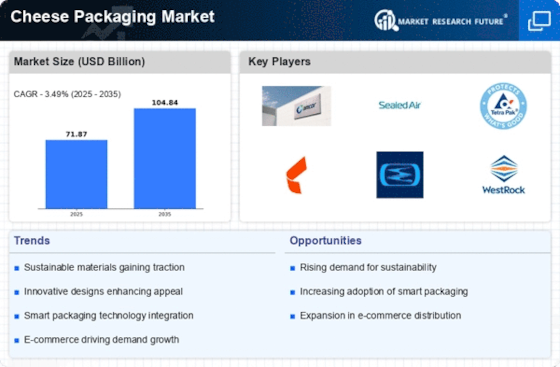
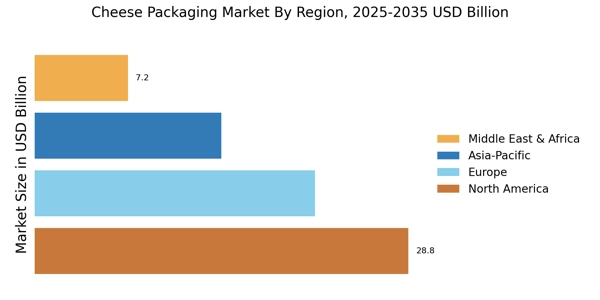


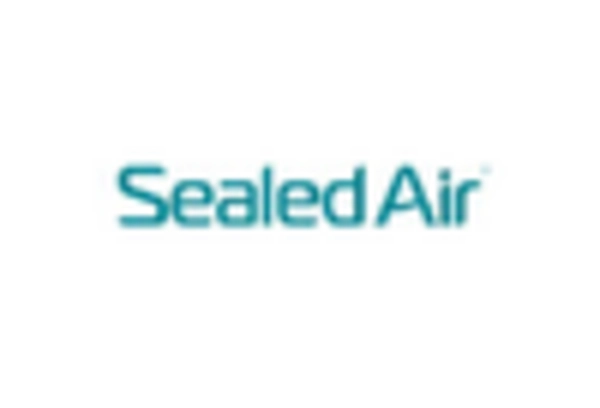
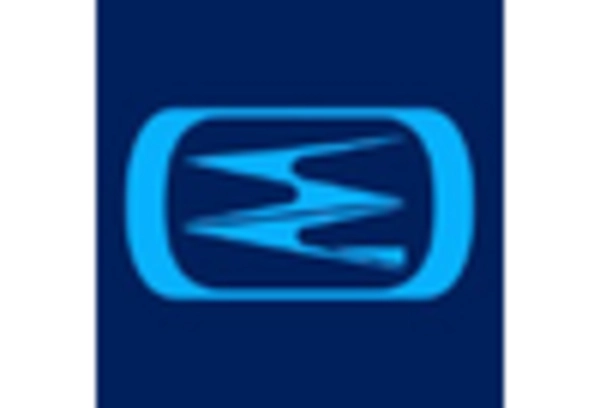
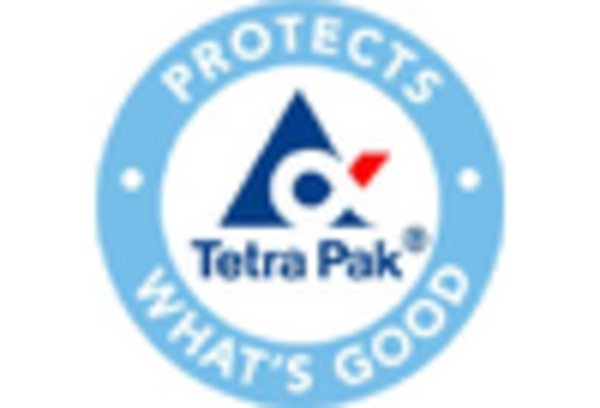
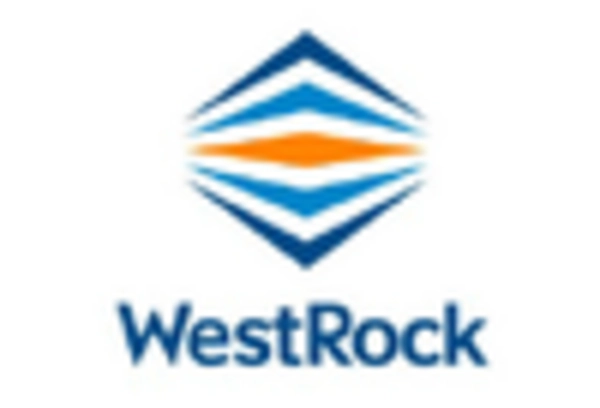








Leave a Comment